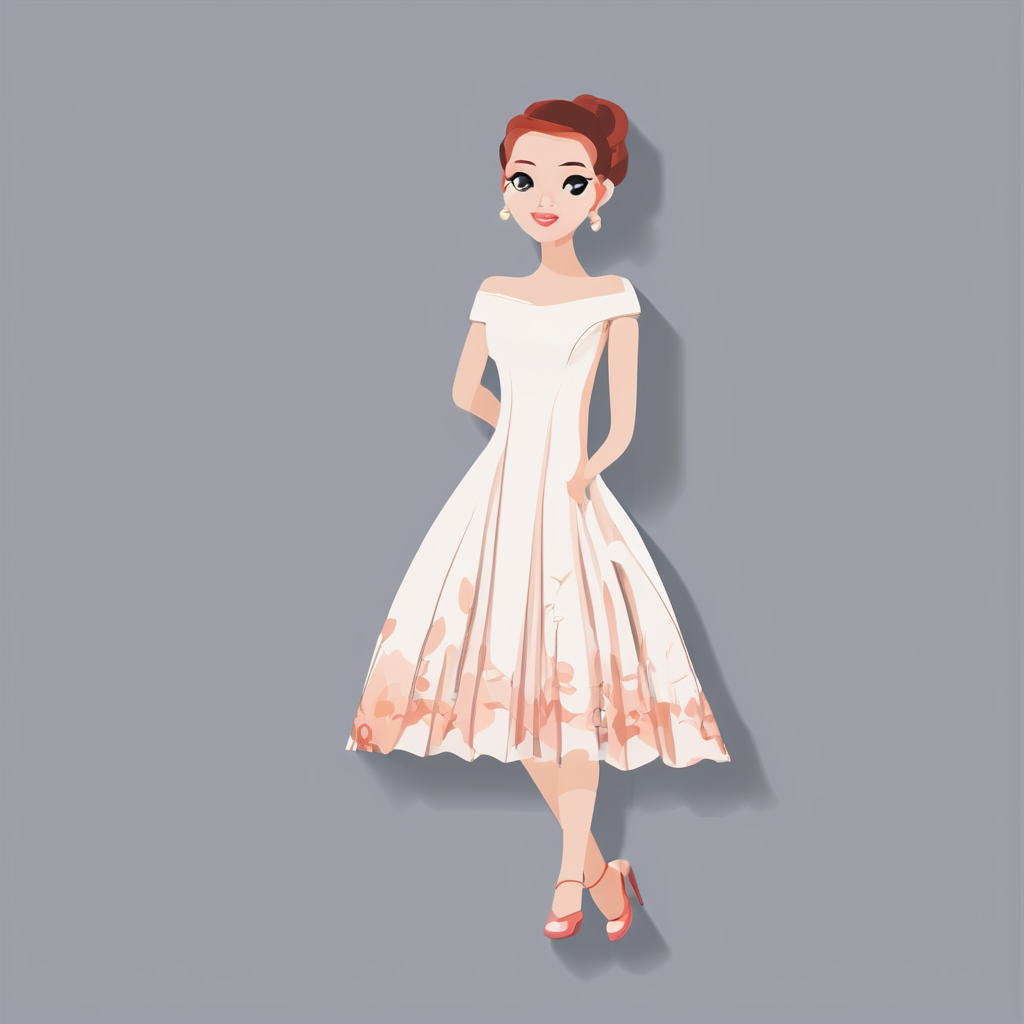Overview of Current Women’s Fashion Trends in the UK
The UK women’s fashion trends are embracing a vibrant mix of nostalgia and innovation. Among the latest styles, bold patterns, sustainable fabrics, and oversized silhouettes have gained significant traction. British fashion has seen a resurgence of 90s-inspired pieces merged with modern tailoring, creating looks that balance comfort with statement-making impact. This blend reflects the diverse tastes of UK consumers who seek individuality through versatile wardrobes.
Influential designers and brands remain pivotal in shaping these trends. Labels like Burberry and designers such as Simone Rocha continue to push boundaries by integrating heritage elements with fresh perspectives. Their collections dictate seasonal wardrobes, often setting the tone well ahead of retail cycles.
Have you seen this : How can women find vintage UK fashion pieces for a unique look?
Seasonal transitions emphasize layering and adaptability, with key pieces like trench coats, knitwear, and classic boots recurring each year but refreshed with new cuts and textures. These recurring themes ensure a seamless flow from one season to the next, supporting the demand for practical yet stylish investment in fashion. Awareness of these evolving patterns is essential for staying current while appreciating the rich heritage intrinsic to British fashion.
How UK Fashion Trends Shape Shopping Decisions
Fashion influence on shopping in the UK is a powerful force, steering consumer choices with remarkable precision. The psychological draw of trending styles plays a major role in motivating purchases. When a style gains traction, it taps into a desire to belong and express individuality simultaneously. UK consumer behavior often reflects a keen awareness of these shifting trends, with shoppers eager to keep their wardrobes current.
This might interest you : Spruce up your hydration with kawaii flower water bottles!
Social media platforms and influencers significantly drive trend adoption. Influencers showcase the latest fashions and set benchmarks that followers aspire to emulate. This digital exposure accelerates how quickly trends permeate the market and alters purchasing decisions in real time. UK consumers respond to curated aesthetics and peer validation, which heightens the urgency to buy.
Moreover, shifts in purchasing habits emerge linked to fashion cycles. The fast pace of trend turnover encourages more frequent buying, pushing demand for versatile, rapid-release collections. Consumers have become adept at navigating these cycles, balancing trendiness with practicality to maximize wardrobe value. Understanding this interplay reveals why UK fashion trends hold such sway over shopping habits today.
Adapting Popular UK Trends to Your Wardrobe
_
Integrating trends into your daily wardrobe requires thoughtful choices to align with both wearable UK fashion and your personalized style. Start by selecting trends that resonate with your taste and flatter your body type. For example, if oversized silhouettes are popular but you prefer a fitted look, opt for tailored versions that maintain the trend’s essence without compromising comfort.
Building a trend-forward wardrobe on a budget is achievable by focusing on versatile pieces. Invest in classic essentials like a well-cut blazer or timeless denim. These form a strong foundation that supports statement pieces reflecting current UK fashion. Mixing these elements creates a balanced look that embraces innovation without losing functionality.
The key is harmony: merging staples with trend-led items. A classic trench coat paired with a bold patterned scarf or chunky boots honors both the British sartorial heritage and today’s vibrant style. This approach ensures you stay current while maintaining authenticity, making your wardrobe both practical and expressive.
Practical Shopping Tips Inspired by UK Fashion Trends
Maximize your wardrobe choices with strategic buying
When diving into UK fashion shopping tips, knowing where to find trend-led fashion is key. High streets like Oxford Street and Carnaby Street offer immediate updates on current styles. However, for a shopping advice approach that balances trends with practicality, exploring emerging designers in boutique stores or online platforms can yield distinctive pieces that align with both aesthetics and quality.
Evaluating quality versus trend longevity is crucial. A savvy shopper recognizes that not all flashy items withstand season changes. Look for garments that use durable materials and classic cuts while incorporating on-trend details. This approach ensures your wardrobe remains fresh without succumbing to fast fashion’s fleeting appeal.
Sustainable shopping considerations are rapidly becoming a pillar of UK fashion buying guides. Opting for brands that emphasize eco-conscious production and fabrics reduces environmental impact while supporting ethical practices. Pairing trend awareness with sustainability can feel challenging, but it leads to more mindful purchases and a longer-lasting wardrobe, proving that staying fashionable and responsible go hand in hand.
Real-Life Examples of Trends Influencing UK Shopper Choices
Understanding how trends shape UK shopper choices requires looking at real-life case studies, which reveal the dynamic interaction between brands and consumers. UK fashion examples demonstrate how trend-focused labels adapt collections swiftly to meet evolving consumer demands. Brands often analyze runway trends and transform them into accessible, wearable pieces, making high fashion relatable to everyday shoppers.
Consumer experiences highlight the practical side of trend adoption. Many UK shoppers share stories of how they integrate new styles into their wardrobes, balancing personal expression with the latest runway influences. These narratives reveal the challenges—such as affordability and fit—that shoppers face when embracing trends.
High-street retailers in the UK also play a pivotal role in translating trends into tangible options. Their rapid response to fashion weeks ensures trend visibility and accessibility. For instance, stores frequently showcase variations of seasonal runway looks tailored to British climates and customer preferences. This responsiveness accelerates the trend cycle, making the latest styles quickly available to a broad customer base.
By examining these real-life UK fashion examples, it becomes clear how the synergy between brands, shoppers, and retailers drives the continuous evolution of the market, shaping the choices and experiences of UK consumers.

